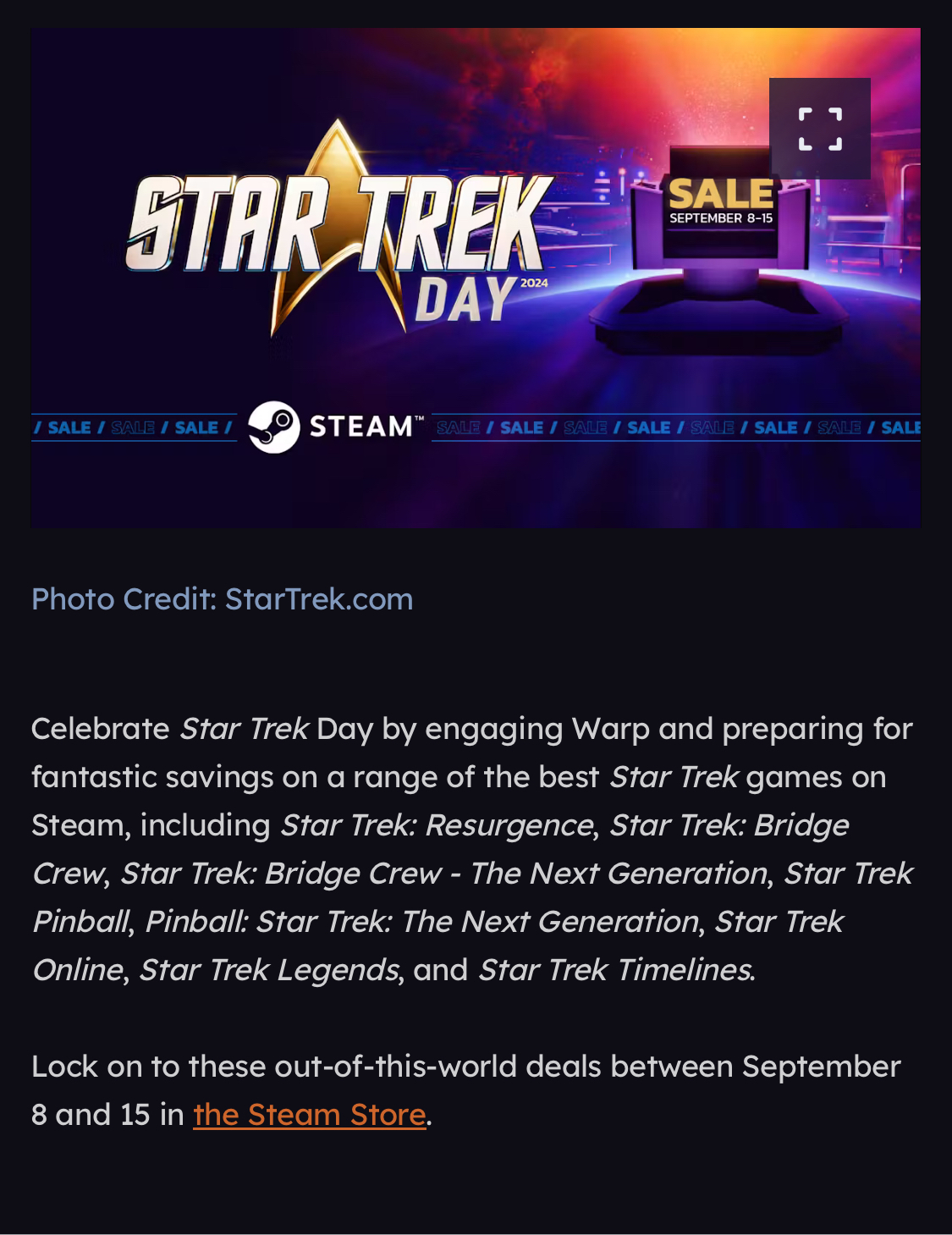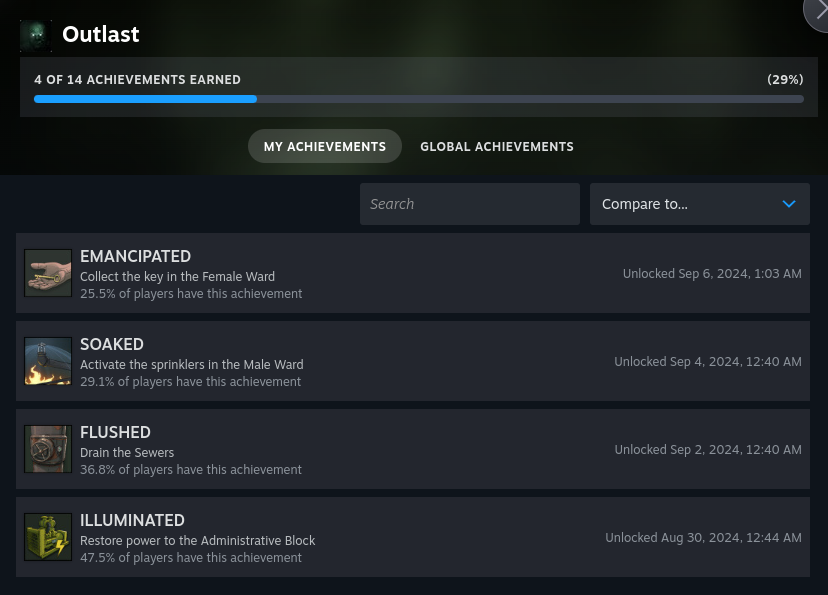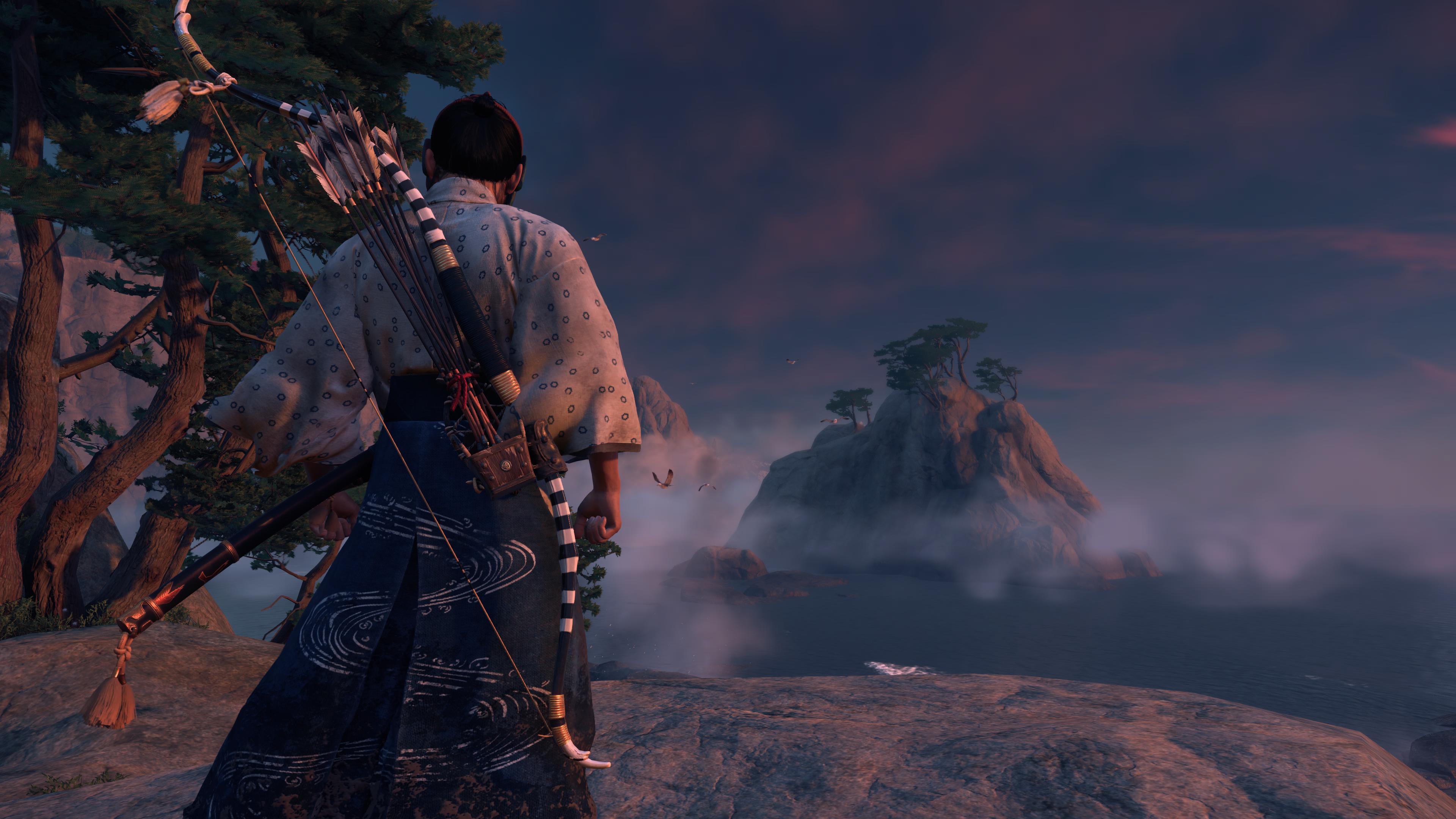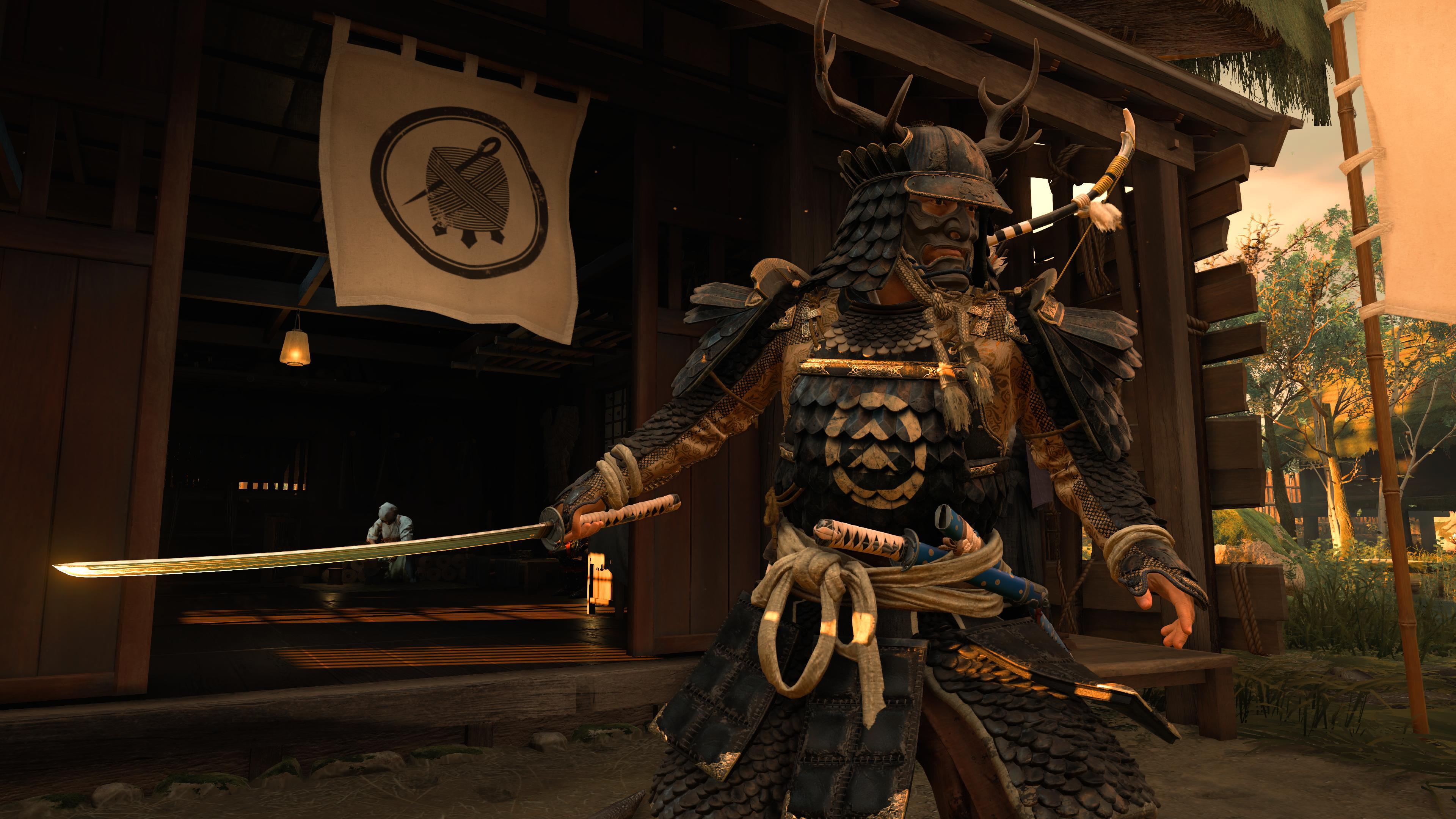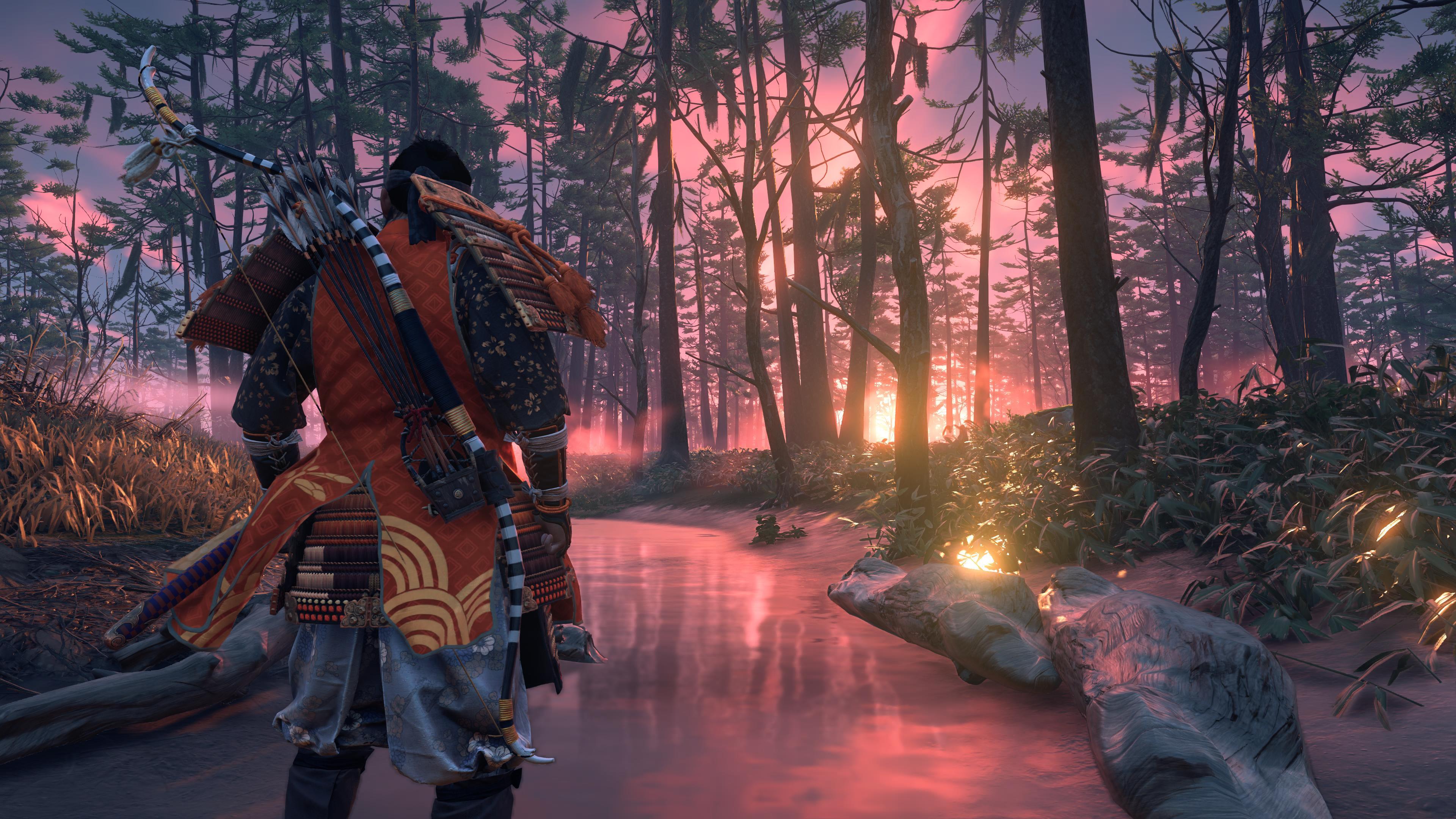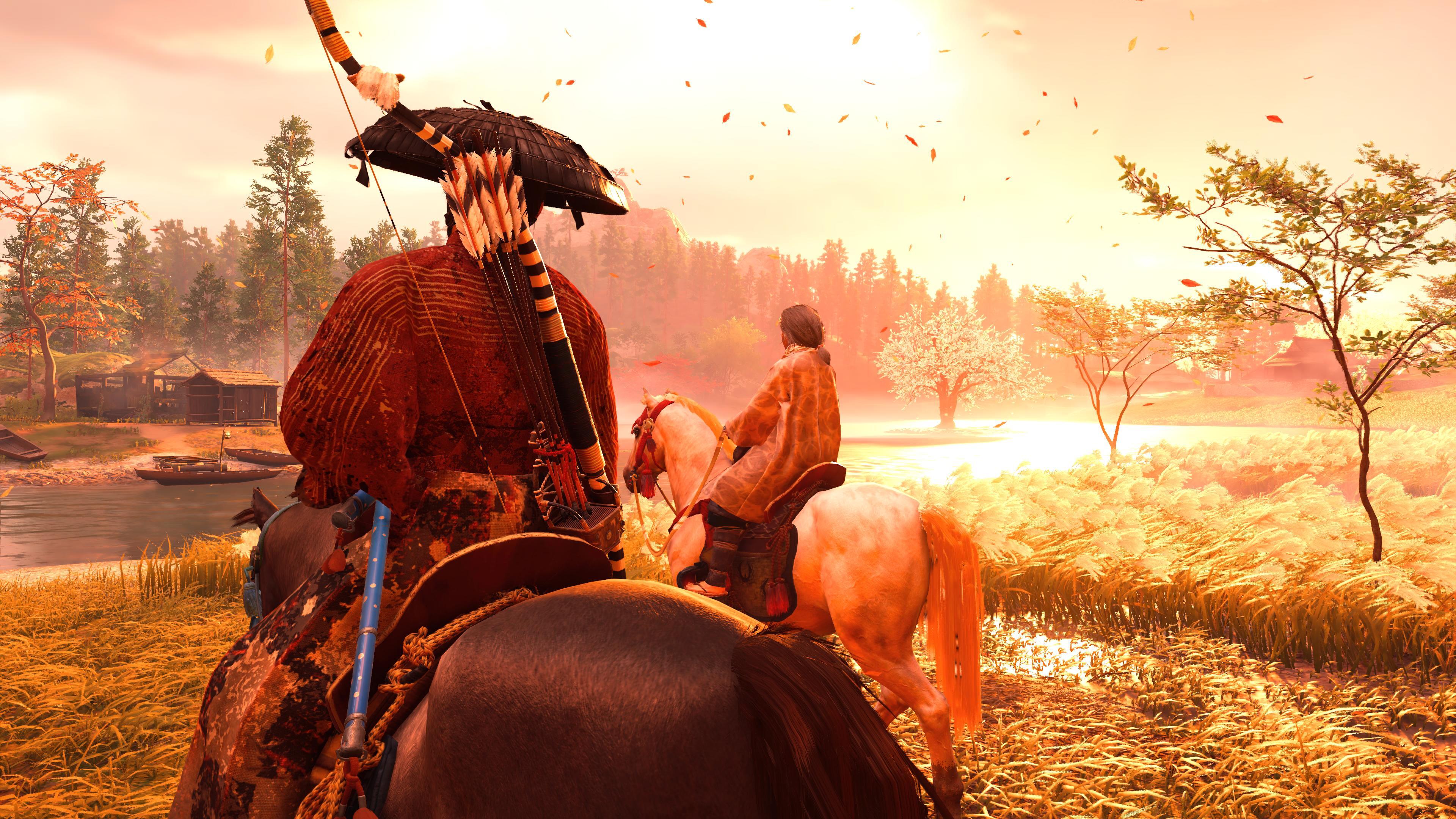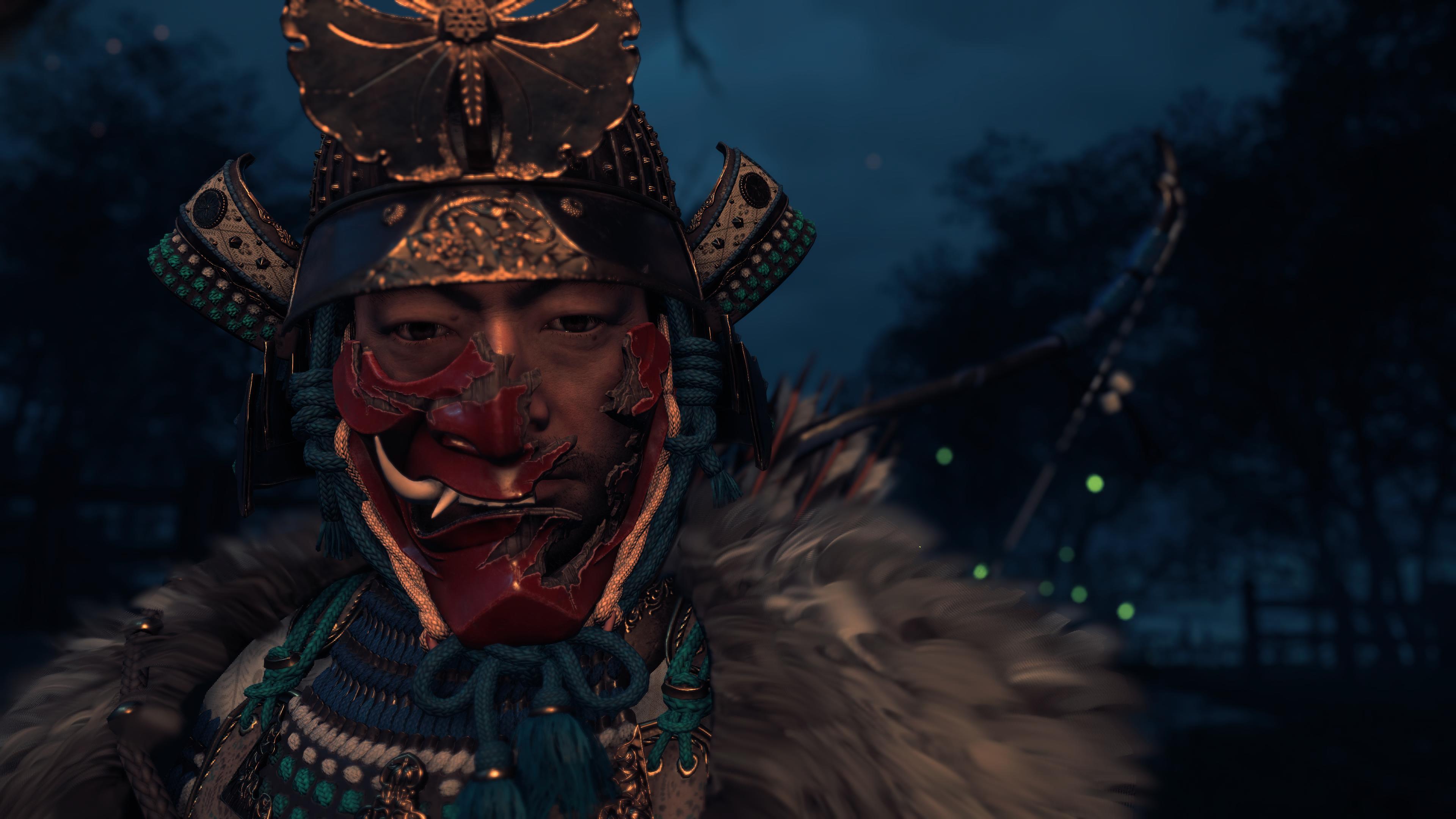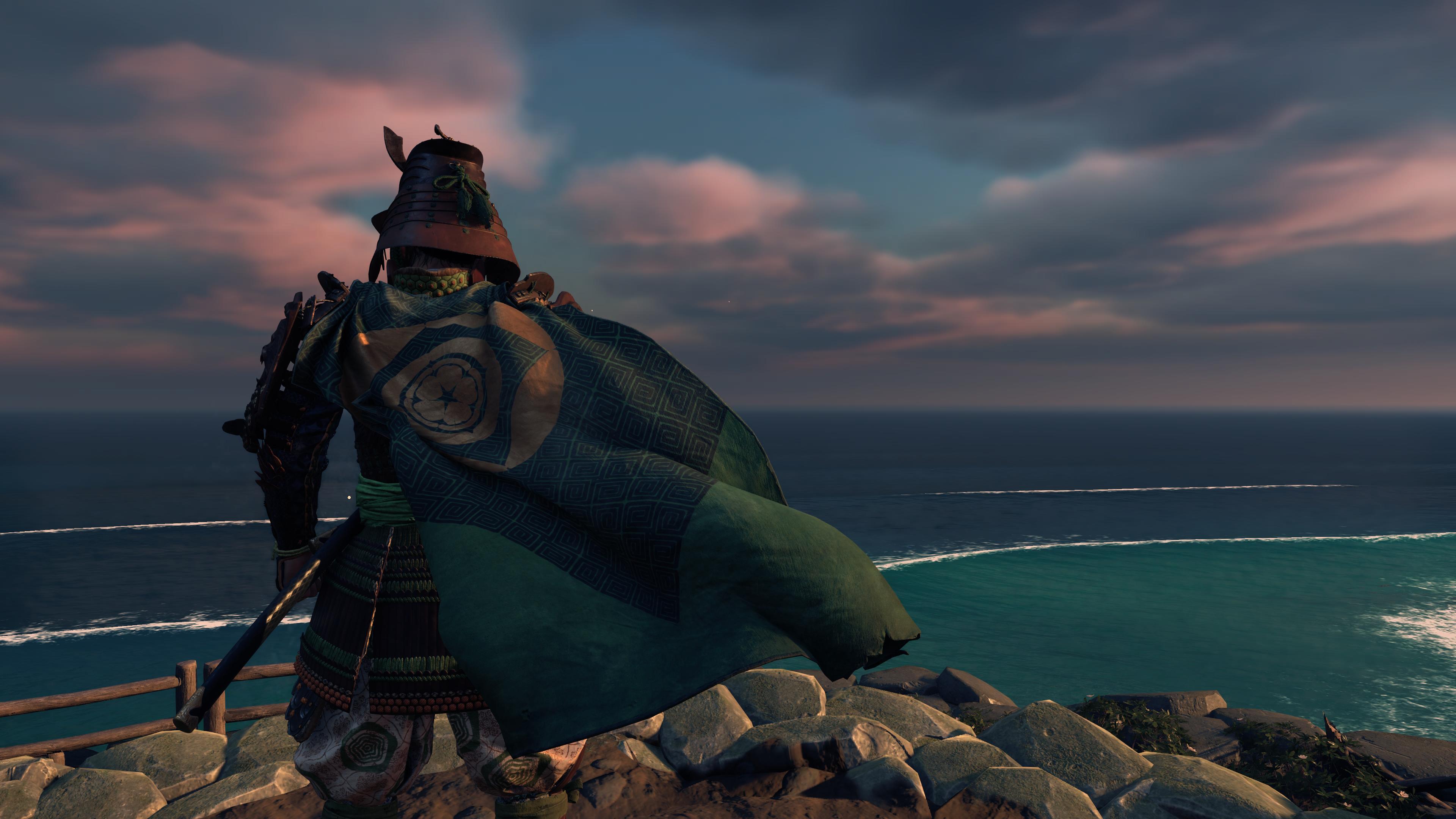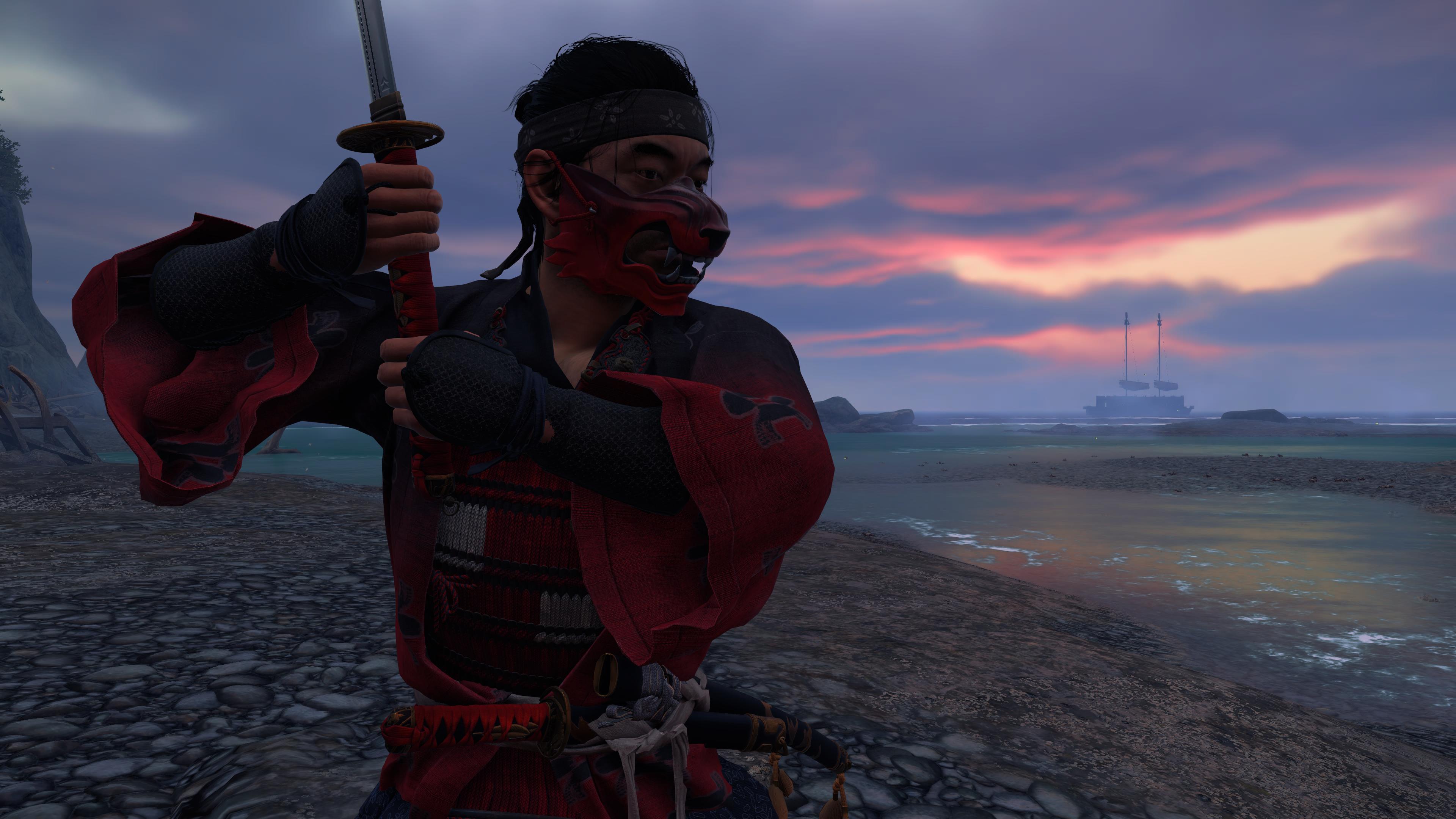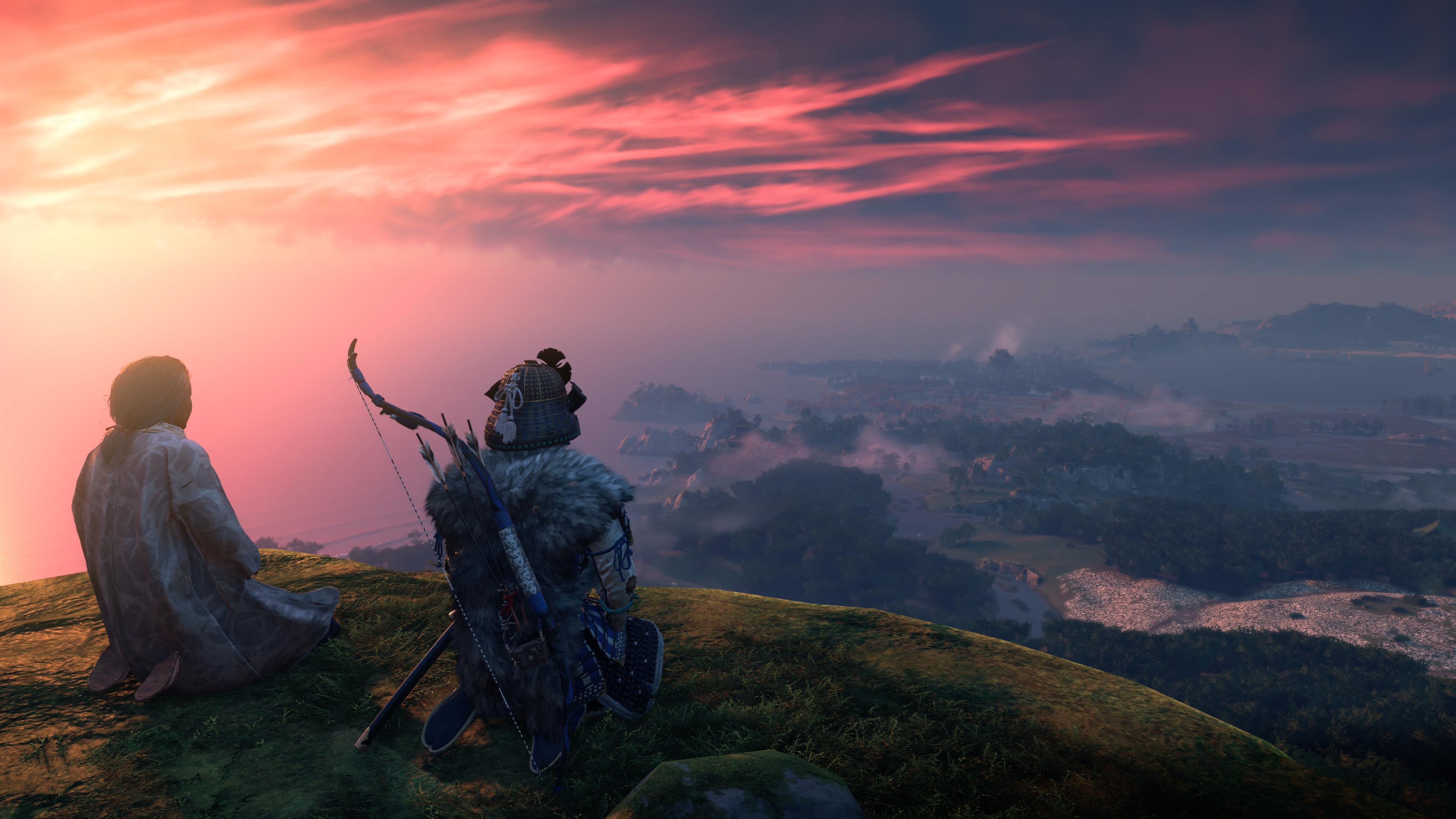This one got a little longer since there are so many things to talk about. TL;DR at the end
Valkyrie Profile's world and story is nordic mythology inspired. Meaning it takes some characters and concepts from it but gives everything it's own spin and also adds its own characters, like the main heroine for example.
You are playing as the valkyrie Lenneth tasked by Odin with finding worthy souls to train them and bring to Valhalla as Einherjar in order to fight the giants in the coming battle of Ragnarök. Since Odin has clairvoyant powers, he knows when Ragnarök is coming, meaning you play under a certain time limit. The game is made up of a set amount of chapters, which themself have a set amount of periods depending on the difficulty. One period means you can visit one location on the map or rest & heal. The available locations change between the chapters and could either be a dungeon for monster slaying, a city to buy things/progress the story or the recruitment of a worthy soul. The worthy souls are the characters you can use in the battles and each one is unique. If you know your nordic mythology, you know that you have to be dead to become an Einherjar. Meaning you will see each and every single character you can recruit first die and the circumstances that brought them to their death in a 2D pixelart style cutscene (or some 3D animated cutscenes if you play the remaster Valkyrie Profile: Lenneth). And if you don't like cutscenes, this game is definitely not for you: the YouTube "all cutscenes" video for Valkyrie Profile 1 is longer than 5 hours! The stories range from bittersweet to downright depressing, as is fitting to the nordic myths. They even managed to connect some of the stories, so you will meet some characters again, sometimes because you will recruit them this time. The main story is about who Lenneth is and what her part in preventing Ragnarök means for herself and for the world.
As can be expected from so many cutscenes, the story is front and center for this game. But Valkyrie Profile doesn't need to hide its gameplay. They also included a lot of interesting and, as far as I know, for its time unique features. While fighting, your team is always made up of Lenneth and up to 3 other Einherjars making a diamond shaped formation. The position of each fighter corresponds to the same positioned button on the right side of the controller. When you press a button, the corresponding character will start its attack animation. Each hit fills a combo meter and when it reaches full capacity, you can start a special move, again with a button press for the character you want to attack. Now it is your job as a player to learn the characters moves, when to activate the next attack sequence and in which order to start the special attacks. It is a great feeling when you finally manage to fire all 4 special attacks for the first time and do massive amounts of damage. Only downside is, that you always want to use this attack sequence after finding it, since every other one would be suboptimal play.
To shake this up, Valkyrie Profile doesn't let you keep your characters forever. As I said in the beginning: your mission is to train Einherjar for Ragnarök. So after training and giving equipping good items, you need to let them go and send them on to Valhalla to fight in the Aesirs war. While you can just send anyone or even noone, your rewards from Odin change depending on the fighters strength and attributes you send him. Odin often has requests, for example a mage or a person with the cunning trait, which stirs things up for you as you need to decide: do I fulfill Odins request and send my best fighther with the ruthless trait to get a better reward from Odin or do I send this untrained & useless mage but risk making the Aesiers side in the war too weak? After each chapter you gain information on how the gods do in their battle against the giants. Depending on Odins favour you can also gain strong items, so sending strong warriors with strong items themselves to increase their worth is also a viable tactic.
Due to this mechanic you are forced to always change your team composition and seek out new worthy souls, in order to stay strong enough but also gain Odins favour. The forced change in characters is something I first experienced in Pyre. There it also worked to make you experience the many different stories of the characters and then letting them go. Only while writing this review did it occur to me, that Valkyrie Profile already established this mechanic nearly two decades earlier, to the same great effect.
Edit: I misremembered, you need to play on normal or hard to get the best ending
One aspect that was not good when it came out and isn't good today: You need to play on the Hard difficulty to get the best ending. And I seriously doubt that many people got that ending without a guide. You need to reach specific thresholds and do certain actions in the right chapters, making it everything but clear how to reach that ending.
And last but not least: the music is one of the best of the Midi era. The simple but satisfying melodies evoke a lot of emotions in me, even now years later. They effectively use the music to convey the emotion of the situation.
What fascinates me about this game is that they managed to make the game mechanic fit to the story so well. You need to train the warriors but then let them go, because Odin needs Warriors.
Spoiler for the full story for a great example of ludonarrative harmony:
You learn in the late game, that the big difference between the gods and humans in this world is that gods are static, but humans can evolve. You training the future Einherjars is necessary because they can't grow later on, when they are in Valhalla. Odin himself was half human, which made it possible for him to grow when he was younger and ascended to a much more powerful godhood then the other Aesiers, so he got to be the ruler. But by ascending he also forfeit his human part and can't grow stronger any longer. Thus Odin is always watchful for any other powerful human, that could become a danger to him by becoming too powerful and ascending as an even stronger deity than him. This fear made him steal one of the artifacts that stabilize the realms, ultimately setting Ragnarök in motion himself. So bonus points to the game for portraying Odin as he is in the Eddas: a powerful scheming & manipulating mastermind and ultimately responsible for Ragnarök himself due to his scheming.
If you like JRPG even a little, I highly recommend to try this game via emulation or playing the remaster on PS4/5, because it really is a great game with a great (albeit deprimistic) atmosphere.
TL;DR: great music & atmosphere, nice interplay of story and gameplay for ludonarrative harmony, sadly need guide to reach best ending
